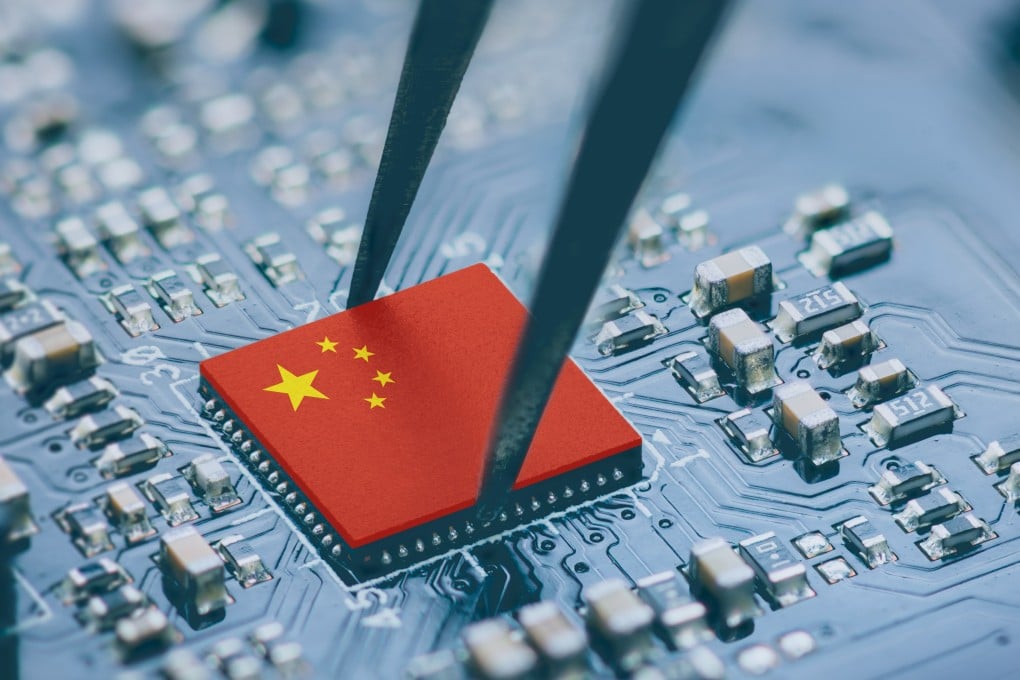Advertisement
Tech war: China faces more US pressure on semiconductor front in 2023 amid tightened export controls backed by Japan, Netherlands
- The US is expected to take advantage of security concerns to convince its allies to impose further semiconductor export controls against China
- It is widely speculated that certain advanced wafer fabrication equipment from Dutch firm ASML would be off limits to China
Reading Time:4 minutes
Why you can trust SCMP
44

The Year of the Rabbit traditionally denotes longevity, peace and prosperity, but China saw its Lunar New Year celebration marred by reports that the United States, Japan and the Netherlands have agreed to tighten the country’s access to certain chip manufacturing equipment and technologies, dealing a fresh blow to Beijing’s semiconductor development ambitions.
That was immediately followed by reports that the Biden administration has considered cutting off telecommunications equipment maker Huawei Technologies Co from all of its US suppliers, years after the Shenzhen-based company was added by Washington to its trade blacklist and further restricted its access to advanced chips.
Those reflect some of the top 10 external risks for China in 2023 in a recent report by the Centre for International Security and Strategy (CISS), a research institution at Beijing’s prestigious Tsinghua University, which warned of continued pressure from Washington.
Advertisement
“The US will take full advantage of ideological differences and security concerns to convince or threaten its allies to impose stricter semiconductor export controls against China,” according to the CISS report. It said export controls could even extend to areas such as biotechnogy, clean fuel, nuclear systems and healthcare.

While Washington, Tokyo and Amsterdam have yet to officially disclose details of their export control agreement, it is widely speculated that a number of so-called ArF Immersion deep ultraviolet lithography (DUV) systems from ASML Holding would be off limits to China. These machines, which use laser technology to basically carve a pre-designed circuit onto a wafer, enable lithography processing ranging from 45-nanometre to 7-nm.
Advertisement
Advertisement
Select Voice
Choose your listening speed
Get through articles 2x faster
1.25x
250 WPM
Slow
Average
Fast
1.25x